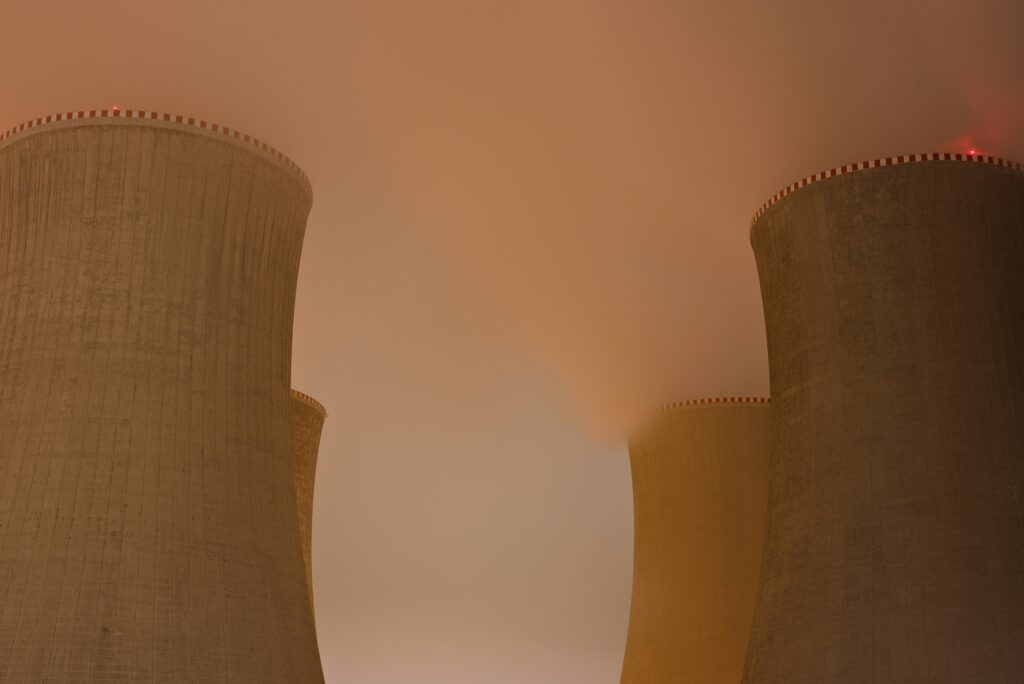Nuclear energy companies have recently shifted their focus toward developing microreactors, which are smaller, safer, and more cost-effective than traditional reactors. These compact systems are expected to significantly contribute to global decarbonization efforts across various industries.
The nuclear energy sector has seen remarkable advancements, with the last year marked by reactor restarts and new deployments. These developments align with increased climate targets as nations seek better renewable energy solutions to meet green goals.
While Europe has lagged behind the United States in nuclear expansion, countries like France, Romania, and Bulgaria have made notable investments in nuclear projects. Nuclear reactors power numerous sectors, including manufacturing, desalination, and energy generation, while also serving specialized applications such as ship propulsion and research facilities.
Microreactors: Compact, Efficient, and Versatile
Microreactors, comparable in size to shipping containers, function as miniature batteries delivering reliable, clean energy for years without refueling. Unlike larger reactors, these units feature passive safety systems that significantly reduce the risk of radioactive leaks.
The modular design of microreactors allows for factory assembly and straightforward on-site installation, reducing construction complexity and costs. They are versatile, supporting applications like district heating, water desalination, and military bases. They also operate autonomously, eliminating the need for on-site staff and lowering labor expenses.
A major advantage of microreactors lies in replacing fossil fuel-based generators in industries such as healthcare, agriculture, and construction. By transitioning from diesel and gas generators to microreactors, these sectors can reduce carbon emissions and achieve sustainability targets.
Microreactors are also gaining traction in the mining industry, where diesel-powered excavation remains costly and polluting. Their clean energy supply and extended operational life make them an attractive alternative.
One company leading this innovation is Westinghouse Nuclear, which is developing the eVinci microreactor. This system promises to provide 5 megawatts of power for over eight years without refueling. It is designed to support applications like remote communities, industrial facilities, data centers, and defense operations, with the added capability to produce hydrogen.
Jon Ball, head of Westinghouse Nuclear’s eVinci program, said: “Initially, the idea was to decarbonize remote areas dependent on costly diesel transport. Interest has expanded, making this a promising growth area.”
Challenges Facing Widespread Nuclear Adoption
Despite advancements, nuclear energy still faces obstacles in becoming a mainstream solution for global climate goals. Radioactive waste disposal remains a significant concern due to its potential impact on human health and the environment. Mismanagement could contaminate essential resources like water and land for decades.
The fear of nuclear disasters, such as those at Chernobyl and Fukushima, fuels resistance to nuclear projects. Additionally, the proliferation of nuclear weapons adds geopolitical risks, while uranium miners face increased health concerns like lung cancer.
One of the biggest challenges, particularly for microreactors, is the high cost of development and construction. Traditional reactors often require billions of dollars, and although microreactors are more affordable, they still need substantial investment.
The underdeveloped market for microreactors further complicates attracting investors, especially given the current uncertain economic climate. These hurdles must be addressed for nuclear energy to achieve its full potential in driving a sustainable future.


